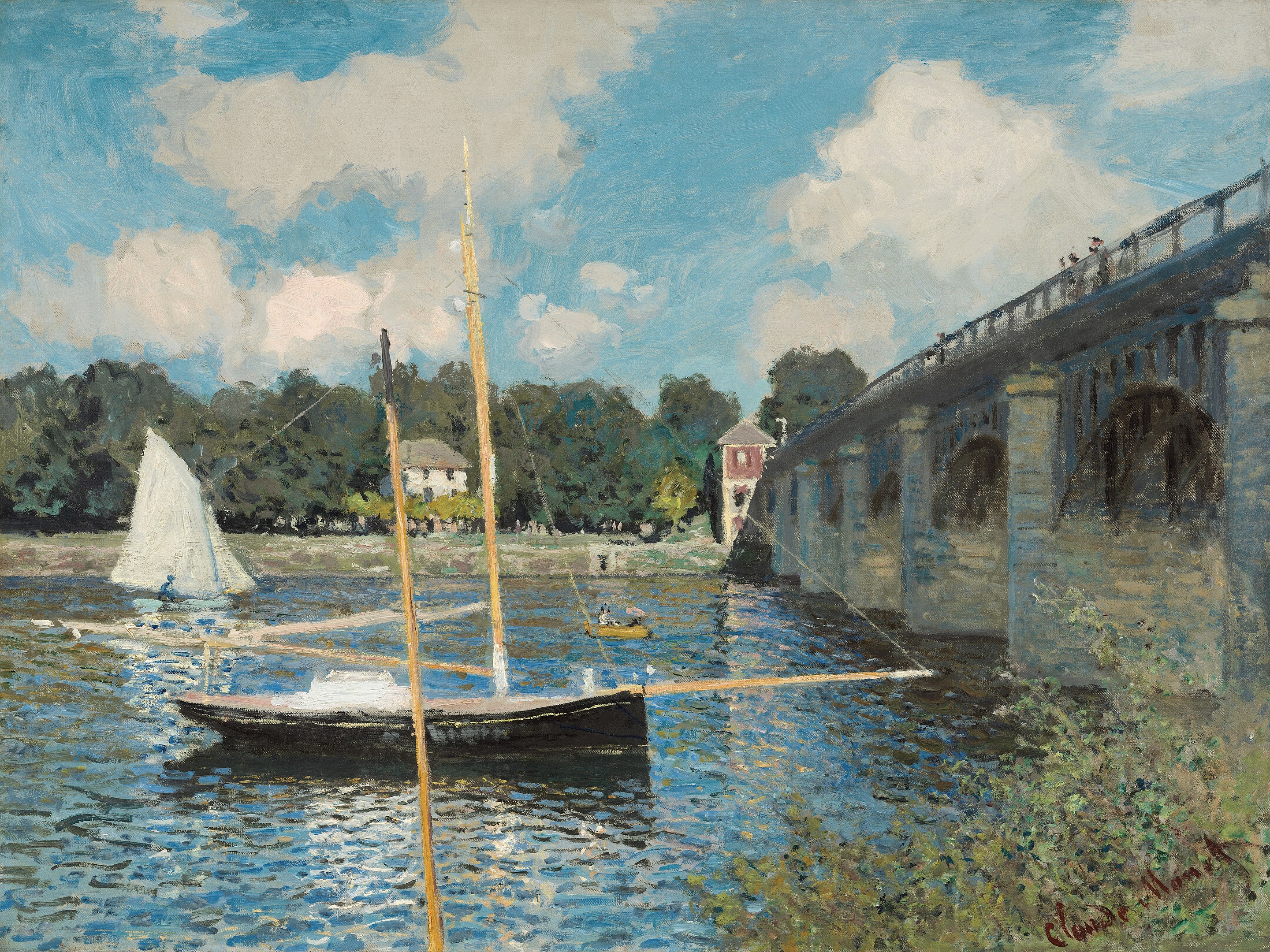Georgia O'Keeffe, Elsie Driggs, Francis Criss, Charles Demuth, Edward Hopper, Charles Sheeler and Herman Trunk were prominent The Precisionist Movement, also referred to as Cubist-Realists, Sterilists and Immaculates.
Precisionism was an artistic movement that emerged in the United States after World War I and was at its height during the inter-War period.
The term itself was first coined in the early 1920s.














